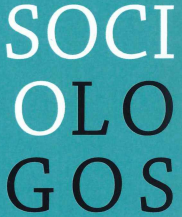Abstract
Research carried out in 1981 among state and private secondary school pupils confirmed that they identified themselves all the more as christians if they had received a christian upbringing at home and at school; however, this upbringing seems more oriented towards an ethic than towards a doctrine. This self-identification is connected with a Christ-centred religion, in which belief is structured In secular terms and in which the institution of the Church seems of little relevance. In-depth interviews were then held with young people who declared themselves to be Christian or non-Christian and who were representative of the results of the survey. These interviews showed that the young people could be classified around a combination of four axes: 1) emphasis on interiority and personal experience versus assertion of the need for a moral authority; 2) reference to a community versus emphasis on a hierarchical structure; 3) primacy given to individual ethics versus emphasis on social ethics; 4) emphasis on rationality versus ritual. Besides the fact that these axes are constituted in different ways, it is crucial to note that they cross-cut the question as to whether one asserts that one is a Christian or a non-Christian
How to Cite:
Voyé, L. & Remy, J., (1986) “De religiositeit bij de jeugd”, Tijdschrift voor Sociologie 7(1-2), 315–338. doi: https://doi.org/10.21825/sociologos.85945
Downloads:
Download PDF
View PDF

